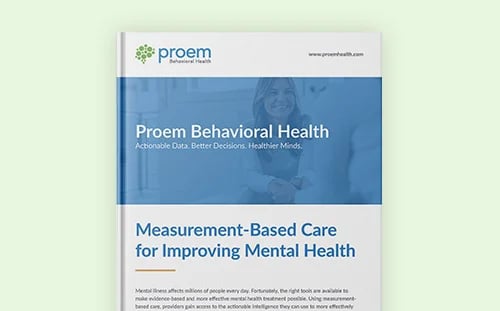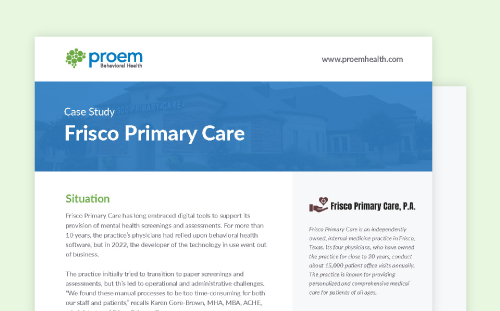-1.png?width=1589&name=nView%20Blog%20Images%20(8)-1.png)
June is National Post-Traumatic Stress Disorder (PTSD) Awareness Month. To help bring more attention to PTSD, we're sharing 15 key facts and figures about this psychiatric disorder that affects millions of Americans.
15 Post-Traumatic Stress Disorder (PTSD) Facts and Figures
- Defining PTSD — The American Psychiatric Association provides the following definition of post-traumatic stress disorder: "PTSD is a psychiatric disorder that may occur in people who have experienced or witnessed a traumatic event such as a natural disaster, a serious accident, a terrorist act, war/combat, or rape or who have been threatened with death, sexual violence or serious injury."
- The National Center for PTSD states that symptoms of post-traumatic stress disorder are as follows: reliving the traumatic event, avoiding things that remind you of the event, an increase in negative thoughts and feelings, and feeling on edge. American Psychiatric Association puts symptoms into four categories as well: intrusion, avoidance, alterations in cognition and mood, and alterations in arousal and reactivity.
- Anyone can develop PTSD and at any age.
- About 12 million U.S. adults have PTSD during a given year.
- About 6% of the population will have PTSD at some point in their lives.
- About 8% of women develop post-traumatic stress disorder sometime in their lives while about 4% of men develop PTSD.
- Studies show that about 15%-43% of girls and 14%-43% of boys go through at least one trauma. Of those children and teens who have had a trauma, 3%-15% of girls and 1%-6% of boys develop PTSD.
- PTSD symptoms may start soon after a stressful event or they may not happen for many months or even years.
- Post-traumatic stress disorder is linked to increased risk of other mental health problems, including substance use disorder (SUD), depression and anxiety, eating disorders, and suicidal thoughts and actions.
- People seeking treatment for PTSD are 14 times more likely to also be diagnosed with a substance use disorder.
- About half of people with PTSD may recover within about three months without treatment. However, symptoms may not go away on their own and may last much longer than three months. Treatment can help get rid of symptoms and provide other benefits, including making sense of trauma, learning how to better handle negative thoughts, reconnecting with people, and setting achievable goals.
- Those with severe forms of PTSD may experience challenges at work, at home, and in social settings.
- To be diagnosed with PTSD, an adult must have all the following for at least 1 month:
- At least one re-experiencing symptom
- At least one avoidance symptom
- At least two arousal and reactivity symptoms
- At least two cognition and mood symptoms
- To diagnose someone with post-traumatic stress disorder requires the use of assessments, such as a clinical interview that is specifically designed to evaluate PTSD symptoms.
- Once PTSD is diagnosed, the main treatments are psychotherapy (i.e., "talk" therapy) one-on-one and/or in a group setting, medications, or a combination of the two.
Sources:





.png)
.png)
-1.png?width=1589&name=nView%20Blog%20Images%20(8)-1.png)





